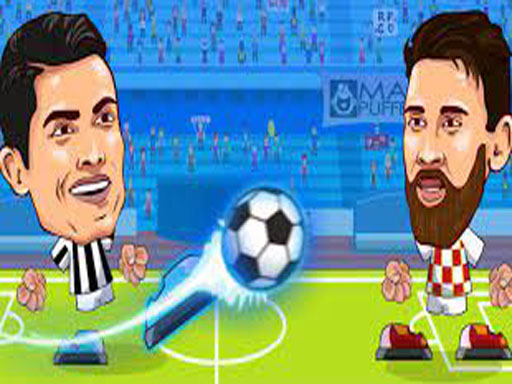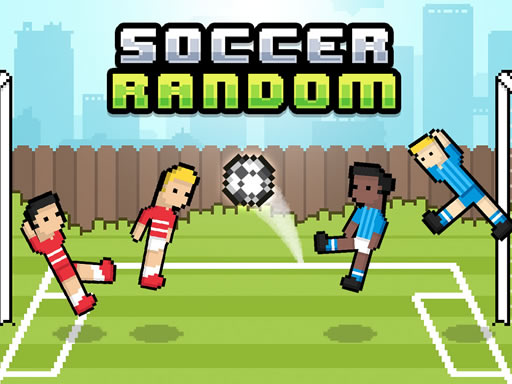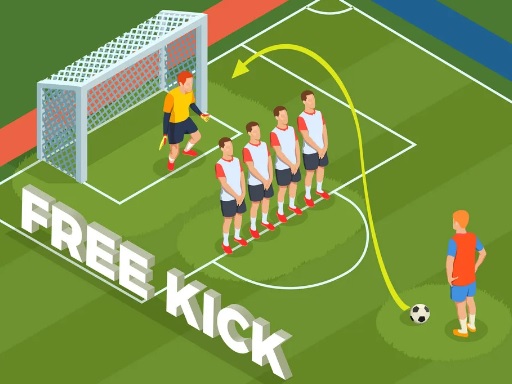Soccer, also known as association football, is a globally popular team sport with the following key aspects:
1. Game Objective
The main objective is to score more goals than the opposing team. A goal is scored when the ball completely crosses the goal line between the goalposts and under the crossbar.
2. Game Setup
Teams: Two teams, each typically consisting of 11 players on the field at a time (including a goalkeeper). In some amateur or youth leagues, the number of players may vary.
Field: A rectangular field, usually covered with natural grass or artificial turf. The standard dimensions of a soccer field can range from 100 - 130 yards (90 - 120 meters) in length and 50 - 100 yards (45 - 90 meters) in width.
Goal: There are two goals, one at each end of the field. Each goal is 8 yards (7.32 meters) wide and 8 feet (2.44 meters) high.
3. Gameplay
Ball Movement: Players use their feet (with some exceptions like the goalkeeper within the penalty area) to control, pass, and shoot the ball. Headers (using the head to control the ball) are also allowed.
Offensive Play: The attacking team tries to move the ball towards the opponent's goal through passes, dribbling (carrying the ball while running), and strategic movement of players. Once in a good position, they attempt to take a shot at the goal.
Defensive Play: The defending team tries to prevent the opposing team from scoring by intercepting passes, tackling the ball carrier, and blocking shots. Defenders also mark opposing players to limit their space and options.
Referee: A referee is in charge of enforcing the rules of the game. They make decisions regarding fouls, offside situations, penalties, and other aspects of the game. Assistants (linesmen or assistant referees) help the referee in making decisions, especially regarding offside and balls going out of play.
4. Rules
Fouls: There are various types of fouls, such as kicking, tripping, pushing, or holding an opponent. When a foul occurs, the opposing team is awarded a free kick or, in more serious cases, a penalty kick.
Offside: A player is in an offside position if they are nearer to the opponent's goal line than both the ball and the second last opponent (usually the last defender, excluding the goalkeeper) when the ball is played forward by a teammate. If a player in an offside position is involved in active play (receiving the ball, interfering with an opponent, etc.), an offside offense is called.
Duration: A standard soccer match is divided into two halves of 45 minutes each, with a 15-minute break in between. Additional time (extra time) may be added at the end of each half to account for stoppages in play, such as injuries or substitutions.
Soccer is played at all levels, from amateur and youth leagues to professional clubs and international competitions like the FIFA World Cup, which is one of the most widely watched sporting events in the world.
For more Soccer Legends, you can visit this address:https://soccer-legends.org/














